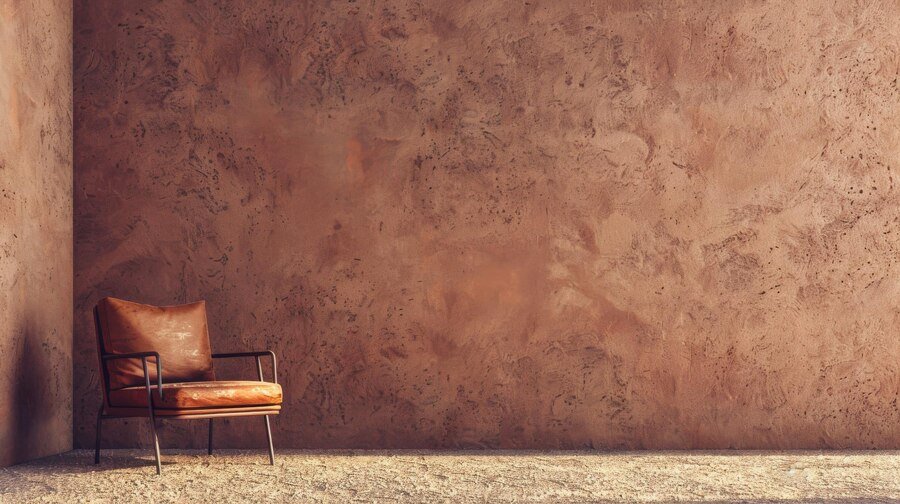Why Mastering Interior Design Terminology Matters: 5 Essential Interior Design Business Terms Explained
For an interior designer, creating a functional and beautiful space hinges not just on artistic vision but also on clear communication.
Imagine trying to explain a “biophilic design” concept to a client without the vocabulary to do so! This is where mastering interior design terminology becomes crucial.

Whether you’re planning a major renovation or simply refreshing a room, visualisation is key. It allows you to explore ideas, define your style, and ensure all elements come together harmoniously.
Here’s why understanding the jargon of the trade is essential:
1. Enhanced Communication: Interior design is often a collaborative effort. Whether you’re working with architects, contractors, or fellow designers, a shared vocabulary ensures everyone’s on the same page. Terms like “focal point” and “negative space” eliminate confusion and streamline the design process.
2. DIY with Confidence: For those who enjoy tackling home improvement projects themselves, understanding interior design terminology is a game-changer. Deciphering instructions, applying design principles, and achieving a polished outcome become much easier when you can translate the lingo.
3. Personalise Your Space: Ever dreamt of a bespoke built-in bookshelf? The ability to articulate your desires with specific terms like “bespoke” empowers you to create a space that truly reflects your personality.

4. Confidence in Style Choices: Mastering design terminology opens the door to a world of styles, from “eclectic” to “elevated.” Knowing these terms allows you to refine your taste, explore new design possibilities, and confidently articulate your stylistic preferences.
5. Save Time and Effort: A strong grasp of interior design terminology translates to faster decision-making. Less time is wasted explaining concepts or deciphering instructions, allowing you to focus on the creative aspects of design.

Delving Deeper: Decoding the Colour & Texture Palette
Colour and texture are fundamental building blocks in interior design, influencing everything from mood to perceived size. Here are some key terms to know:
- Colour Wheel: This circular tool maps out colour relationships. It features primary colours (red, blue, and yellow), secondary colours (green, orange, and purple), and tertiary colours (mixtures of primary and secondary colours). The colour wheel helps designers create harmonious palettes and understand the impact of contrasting or complementary hues.
- Complementary colours: These are pairs of colours located opposite each other on the colour wheel, creating a vibrant contrast when placed together. Think red and green, or blue and orange. Using complementary colours can add energy and dynamism to a space.
- Monochromatic: This approach employs variations of a single colour, including shades (darker tones), tones (adding grey), and tints (adding white). Monochromatic schemes offer a sense of unity and tranquillity while allowing for subtle variations in colour intensity.
- Contrast Texture: Pairing smooth surfaces with rough textures creates visual interest and depth. Imagine a textured brick wall juxtaposed with sleek, polished furniture- the contrast draws the eye and adds dimension to the space.
By understanding the impact of colour combinations and textures, you gain greater control over the overall aesthetic and ambience of your design.
Beyond the Basics: Elements of Space & Layout
Beyond colour and texture, mastering interior design terminology extends to understanding how elements within a space interact and influence our perception. Let’s explore some key terms:
- Focal Point: This is the element that attracts attention and anchors the design. It could be a fireplace, a statement piece of art, or a stunning window view.
- Negative Space: Also known as “white space,” negative space refers to the area surrounding design elements. Effective use of negative space allows other elements to stand out and creates a sense of balance and elegance.
- Visual Weight: This refers to the perceived importance of an element in a design. Factors like size, colour, texture, and placement all contribute to visual weight. Understanding this concept is essential for achieving balance in a composition, ensuring no element dominates the others.
By mastering the language of interior design, you gain the power to create spaces that are not only beautiful but also functional and emotionally resonant. So, go forth, explore the design terminology, and unlock a world of creative possibilities!
Need help creating a cohesive look in your space?
Schedule a consultation with our design team today!
Call +919620214503 or email hello@innches.com to get started Today!
Craving a touch of nature (and some air purification!) on your desk?
Check out our latest blog post on the Top 5 Plants for Your Desk and Their Benefits!
Quick Links – Home | About Us | Contact Us | Our Projects
